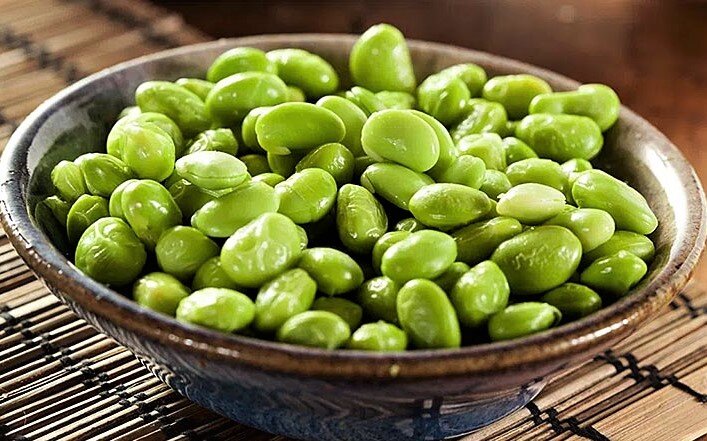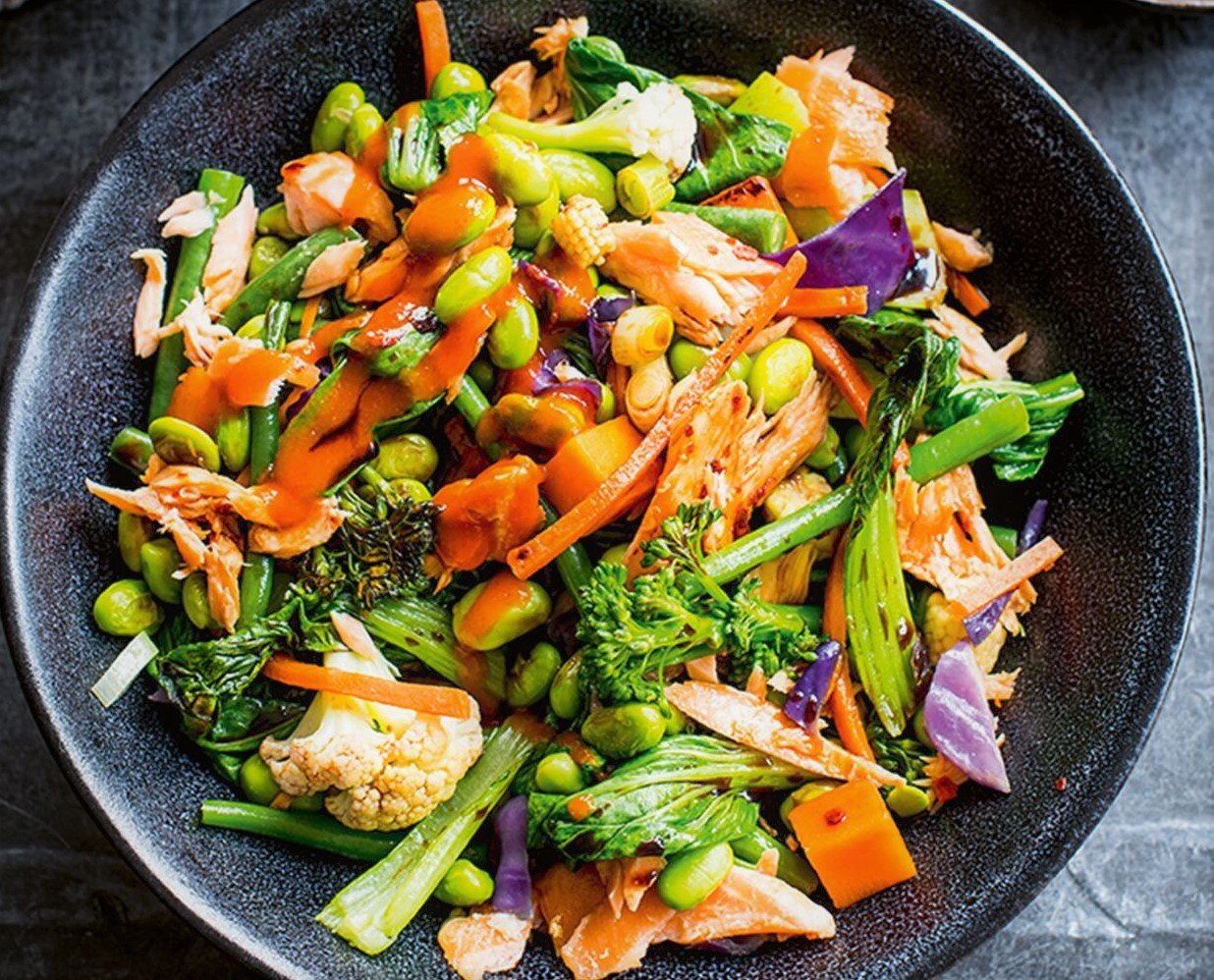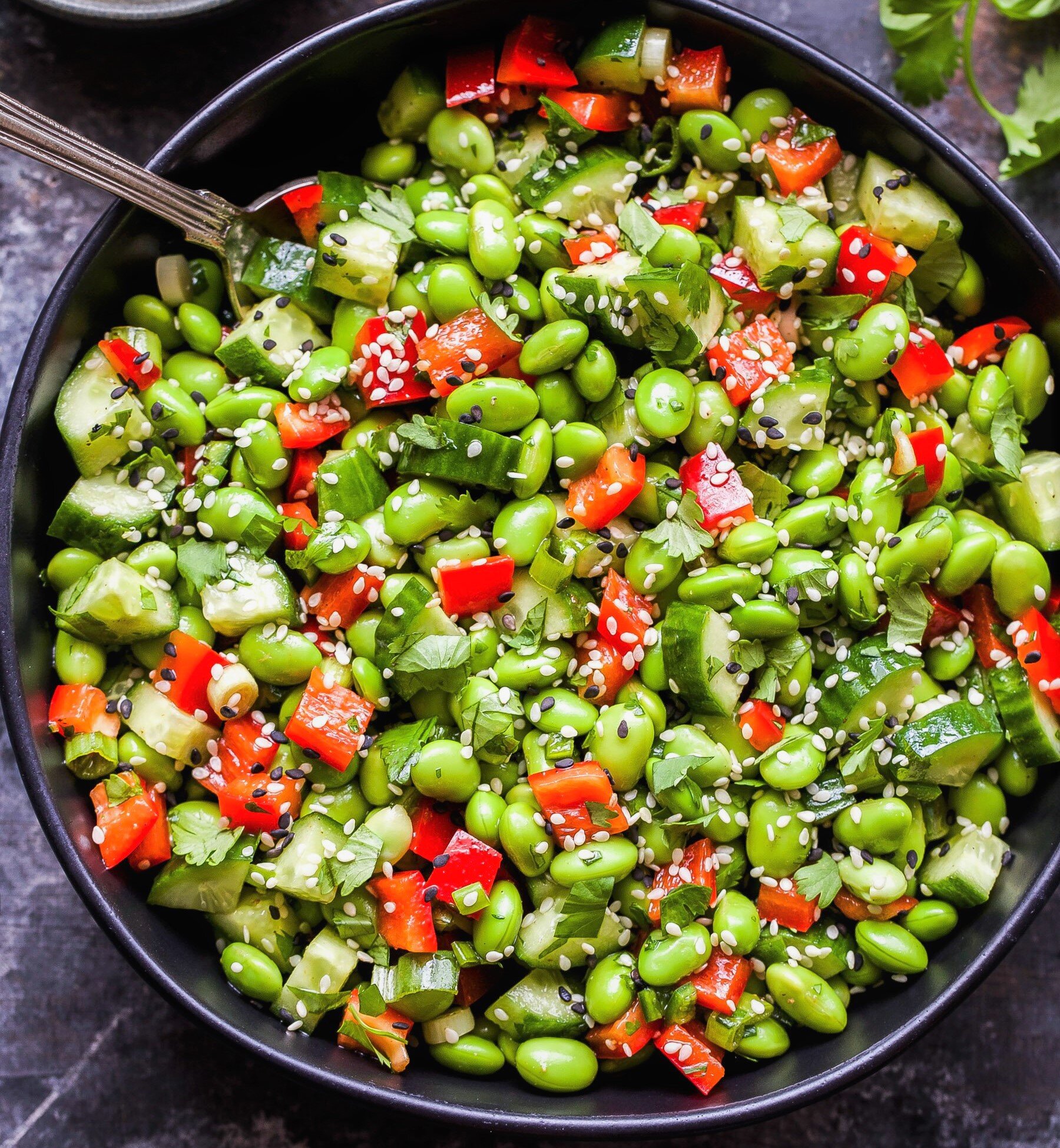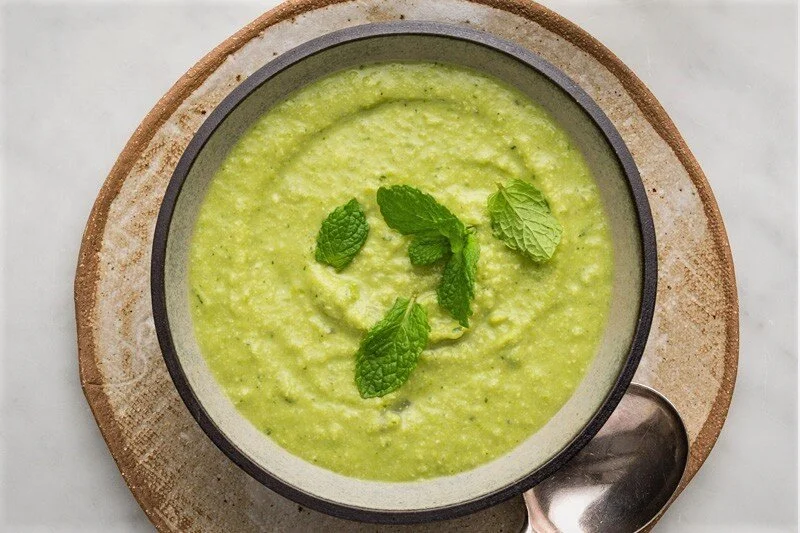RECIPES | Republic Day Culinary Delicacies By Dr. Kaviraj Khialani- Celebrity Master Chef
/Republic Day Culinary Delicacies
Republic Day has been celebrated every year in India on January 26, since 1950 to honour the date on which the Constitution of India came into effect. India was a colony of the British for over 200 years and became independent from the rule of the British Raj following the Indian independence movement. While India became independent on August 14, 1947, it still didn’t have a permanent constitution, and Indian laws were based on a modified version of the British established, Government of India Act 1935.
However, two weeks later on 29 August 1947, a Drafting Committee was appointed for the drafting of a permanent Indian Constitution, with Dr B R Ambedkar as chairman. After a lot of hard work, the Constitution was finally drafted, and January 26 was chosen as the day to declare India as the Sovereign Republic.
The significance of January 26 is that on that day in 1929, the Indian National Congress made the well-known Declaration of Indian Independence (Purna Swaraj) as opposed to British rule. And though the Constitution came into force in 1950 with a democratic government system, it was adopted by the Indian Constituent Assembly on 26 November 1949.
This completed the country’s transition into becoming a sovereign republic. The draft of the constitution was submitted to the Indian Constituent Assembly on 4 November 1947. Over the course of 166 days, that were spread over two years, the 308 members of the Assembly met in sessions that were open to the public and made some modifications. Finally, on January 24, 1950, the Assembly members signed two handwritten copies of the Constitution, one in English and one in Hindi. And two days’ later history was made. On that day began Dr. Rajendra Prasad’s first term of office as President of the Indian Union. The Constituent Assembly became the Parliament of India under the transitional provisions of the new Constitution. January 26 is celebrated to commemorate the Indian Constitution replacing the Government of India Act (1935) as the governing document of India. And now it is celebrated across India with a lot of fervour. In Delhi, at Raj Path magnificent parades by regiments of the Indian Army, Navy, Air Force, police and paramilitary forces march and there is also a display India’s defence prowess is on display with latest missiles, aircraft, and weapon systems. Beautiful tableaus, representing the beauty of all the states of India are also showcased during the parade. There are also sky shows by the Air Force, though we are still fighting the pandemic bravely all across the country, India will be celebrating its Republic Day this year as well.
The Food and Hospitality Industry has always stepped up on a very positive note when it comes to making moments and occasions like these special for our valued guests and food lovers! A lot of hotels and restaurants plan up special menus with the tri-coloured theme attached to suit the republic day! There is a décor and ambience created in the outlets to add that look and feel experience to make the auspicious day all the more patriotic and the feeling of pride which every indian carries on this day is just incomparable. Republic day theme related welcome drinks, display pieces from fruit and vegetable carvings, spice and salt displays, margarine carvings etc have also been spotted as a part of presenting the menu for the day in a very appealing and impressive manner.
Buffets, special a la carte offers, table promotions, tent card delights, live counters, chefs special offerings, mocktail bar specials are some of the attractions which see a houseful of food lovers visiting the food outlets to celebrate the day with family and friends. In India, the term "tricolour" refers to the Indian national flag. The National flag of India is a horizontal tricolour of deep saffron (kesari) at the top, white in the middle and dark green at the bottom in equal proportion. The design of the flag of India that was first presented in 1921 to Late Shri. Mahatma Gandhi, leader of the All-India Congress, was created by Pingali Venkayya.
The Chakra or the wheel also symbolizes the Power of the State governed by Dharma. It is also called the tiranga or tricolour. The National Flag is a horizontal tricolour of India saffron (kesari) at the top, white in the middle and India green at the bottom in equal proportion.
The ratio of width of the flag to its length is two to three. In the centre of the white band is a navy-blue wheel which represents the chakra. The top saffron colour, indicates the strength and courage of the country. The white middle band indicates peace and truth with Dharma Chakra. The green shows the fertility, growth and auspiciousness of the land.
Food is also one of the important elements associated with the tricolour and as we represent various meanings and values via colors it not only pleases the senses and whets the appetite but also creates wonderful concoctions and makes our culinary diaspora more rich and varied from indian cooking to international it gives a sense of brotherhood and togetherness creating a melange of flavours, tastes and balance.
Here are a few of my favorite easy to make recipes with a mix-n-match touch of twist on this auspicious occasion of 26th January.
Recipe-1] TIRANGA MASALA PULAO
Ingredients:
Basmati rice- 2 cups boiled, divided into 3 parts.
Makhani gravy- for the orange layer- 1 and a half cup
White onion- cashew- coconut gravy- 1 cup for white layer
Green spinach gravy- 1 cup for the green layer
Star anise-1 no for the center garnish.
To assemble the pulao:
Edible food colors which are safe to use may be used to color the rice lightly or just lightly toss them in the respective gravies as well with a little butter.
Fried onions/ birishta- 1 cup
Fried cashews and raisins-1/2 cup
Rose water-2-3 tbsp.
Kewra essence-2-3 tsp
Pure ghee-2-3 tsp
Coriander and mint leaves-1/2 cup chopped
Saffron and milk solution-1/4 cup
For adding into the makhani gravy:
Saute some cubes of chicken tikka for non veg- or Paneer cubes/ mushroom quarters/ carrot cubes/ soya chunks etc and cook it in the gravy and keep aside.
For adding into the white gravy:
Fried makhanas, cubes of cooked potatoes, grated cheese or cream cheese can be used, for non-veg options use marinated fish or boneless chicken cubes in malai tikka marination.
For adding into the green gravy:
Boiled green peas, cubes of blanched green zucchini, blanched broccoli florets, blanched snow peas, methi paneer koftas, for non-vegetarian options use prawns or shrimps or pahadi chicken tikka sliced.
Method:
1. This recipe is more of a pre-prepared assembly recipe in which we are trying to combine together three different flavors of indian cuisine in one pulao recipe, we can choose veg or non-veg.
2. Once we have prepared the rice as per the divisions and also tossed the veg/non-veg in respective gravies we need to now assemble and layer the pulao in a flat thick bottomed kadai.
3. Spoon in a little ghee at the base of the kadai and then start placing the respective gravy tossed veggies/non-veggies in three sections in the kadai, sprinkle all the biryani garnishes and flavourings all over and then top with the respective coloured rice.
4. Place a tava below the kadai, cover with a tight fitting lid, apply atta on the side or aluminium foil and place some weight on the top and give dum to the tri-coloured pulao for 20-25 mins, serve hot.
Recipe-2] TRI- COLORED PANEER ON SKEWERS
Ingredients:
Paneer/ tofu – 400 gms, cut into cubes, divide into three parts.
For the orange marination:
Use a tandoori marinade as always and coat the paneer or tofu cubes and keep aside for 20-25 mins, arrange them on a skewer and cook either in a non-stick grill pan or using the oven/tandoor.
For the white marination:
Use a combination of little oil, curd, cream, cashew paste, salt, garam masala powder, ginger-garlic paste and apply on the paneer or tofu and keep aside for 20-25 mins, arrange them on a skewer and cook either in a non-stick grill pan or using the oven/ tandoor.
For the green marination:
Use a combination of little oil, curd and green mint and coriander chutney with a little blanched spinach puree as well, green chili-ginger-garlic paste and touch of spices, apply on the paneer or tofu and keep aside for 20-25 mins, arrange them on a skewer and cook either in a non-stick grill pan or using the oven/ tandoor.
To serve with:
Green mint and coriander chutney/ assorted dips.
Sliced onion & lemon slices/wedges.
Method:
1. The paneer or tofu preparation in this case also uses three different colors as marination and shall be assembled separately, cooked and then served on the same platter.
2. Being a starter category recipe, we can make this pre-preparation a day prior and keep it refrigerated as well, we can also use chicken or fish for non-veg variations for the same recipe.
3. Once we have cooked the paneer/ tofu skewers as per choice of method of cooking it, we need to assemble the platter to serve this colorful starter.
4. Place the cubes of paneer/tofu de-skewer them on the platter, sprinkle a little lime juice and dash of chaat masala over and arrange the chutneys and other accompaniments by the side and serve hot.
Recipe-3] TRI- COLOURED GRILLED SANDWICHES
Ingredients:
Sliced white/ brown/ multi-grain bread- 12-14 slices
For the orange layer:
Butter-1 tsp to spread on the bread slices
Tandoori mayonnaise/schezuan sauce-2-3 tsp to spread
Tomato slices- ½ cup de-seed and use them.
Salt- pepper- chaat masala to flavor.
For the white layer:
Butter-1 tsp to spread on the bread slices
Eggless mayonnaise-2-3 tsp to spread
Sliced cucumbers-1/2 cup or boiled sliced potatoes-1/2 cup
Salt-pepper- chaat masala to flavor.
Grated cheese-1/2 cup to spread.
For the green layer:
Butter-1 tsp to spread
Mint mayonnaise-2-3 tsp to spread
Shredded green capsicums-1/2 cup
Salt-pepper- chaat masala to flavor.
Method:
1.Pre-prep all the ingredients as per the divisions to get the tri color effect in this bulky grilled sandwich concept, good for a brunch or evening snack.
2. Apply butter and then the flavoured spread on the bread slices, assemble the ingredients as listed and sandwich them.
3.Now the tri color layered sandwiches are ready and assembled, heat up a griller or grill pan and place it carefully to get nice grill marks on both sides turning them carefully and smearing a little melted butter as well when we do that.
4. Once we get a nice grilled effect and golden brown color on our sandwiches, remove them, cut them with a sharp knife into triangles/squares etc and assemble them on the serving platters and serve them with ketchup, hung curd- mint and cucumber dip, green pesto chutney etc and wafers/chips/french fries.
Recipe-4] TRIO SWEET TEMPTATIONS
Ingredients:
For the dessert mix:
Milk- 1 litre boiled
Sugar- to taste
Condensed milk may also be used if desired.
Green cardamom powder-1/2 tsp
Rice paste- ½ cup, raw rice and water to grind- fine paste
Rose water-2-3 tsp
Mava- 100 gms grated
For the orange flavor and color:
Use orange essence
Use orange crush
Use orange segments
For the white layer and flavor:
To be used the way it is add blanched sliced almonds
For the green flavor and color:
Use fresh kiwi fruit puree
Use kiwi crush
Use khus syrup
For garnishing we can use many options:
praline/chikki can be crushed and used.
Glazed cherries
Meetha paan can be chopped and used
Method:
1. Prepare a basic mixture of the phirni concept by using a thick bottomed saucepan, combine together the milk, sugar to taste, elaichi powder, rice paste and keep stirring it carefully and cook the mixture for around 30-45 mins until nice and thick like custard and well cooked.
2. Turn off the flame and check for sweetness adjust and divide the mixture into three portions.
3. Mix in the ingredients as listed above to get the desired color contrasts in the prepared phirni.
4. Use dessert glasses/ cups and layer the tri-coloured phirni and garnish as desired accordingly.
5. We need to chill this dessert for 2-3 hours in the fridge and then relish the flavors from these layers one by one.
Recipe-5] THREE TONED DESI TEMPERED SNACK
Ingredients:
Semolina/rava-1 and a half cup
Curd- 1 cup sour curd to be used ideally
Salt to taste
Sugar -1/2 tsp
Ginger-1 tsp grated
Green chilies-1 tsp chopped
Water-1/2 cup
For the orange layer-1 carrot to be pureed and used
For the green layer-1/4 cup blanched spinach paste/chutney
baking soda- ¼ tsp for each layer for steaming to be added
we can also use ¼ tsp of eno as well in the layers in place of soda.
oil for greasing and tempering for the discs.
For the tempering:
Oil-2 -3 tsp
Hing-1/4 tsp
Curry leaves- 10-12 no
Mustard seeds-1-2 tsp
Green chilies-2-3 slit/shredded
White sesame seeds-1-2 tsp
Lime juice-2-3 tsp
Coriander and mint leaves- ¼ cup chopped
Water- 2-3 tbsp.
Sugar-1-2 tsp
Salt-1 pinch
Combine together and cook for 1-2 mins.
To serve with: assorted chutneys/ dips of your choice to go along with the snack.
Method:
1. Clean the semolina, add it to a bowl add in the sour curd and add little salt and 2 tbsp. water mix well, cover and keep aside for 20 mins.
2. Prepare the blanched carrot puree and blanched spinach paste as well and keep aside.
3. Now post resting we need to divide the semolina curd mixture into three equal parts.
4. Mix in the carrot puree and spinach puree respectively into their parts and keep one part as white itself.
5. Get the steamer ready meantime with water and slice of lime in the water, get the mould/thali ready and greased with little oil or ghee.
6. Add a little water to all the three parts of the semolina mixture to get it to right dropping texture and add in the baking soda and mix well and pour the mixture into the mould.
7. Start with the green layer first, place it in the hot steamer and cover, steam for 5-6 mins, remove and place the white layer and repeat the steaming process and finally the top layer with the orange semolina mixture and steam once again for 5-7 mins, using a toothpick check if it comes out clean, turn off the flame and let the mixture rest in the steamer for 5 mins.
8. Remove the steamed preparation and loosen the edges with a oiled knife and de-mould it and cut into discs using a round cutter and place it on your serving platter.
9. The last step is to prepare the tempering and once it all comes together and cooks for a couple of minutes, pour the hot tempering over the discs and serve it immediately with assorted dips/chutneys of your choice.




































